Jet Ski inventor Clayton Jacobson has died aged 88 – 12 October, 1933 to 18 August, 2022 – closing a chapter on the history of personal watercraft globally.
The eccentric entrepreneur had a role in developing all three personal watercraft brands, starting with Sea-Doo before moving on to Kawasaki Jet Ski and Yamaha WaveRunner.
Jacobson was of Norwegian heritage but was born in Portland, Oregon, USA. In later life he moved to the picturesque town of Byron Bay on the east coast of Australia, which is where he passed away.
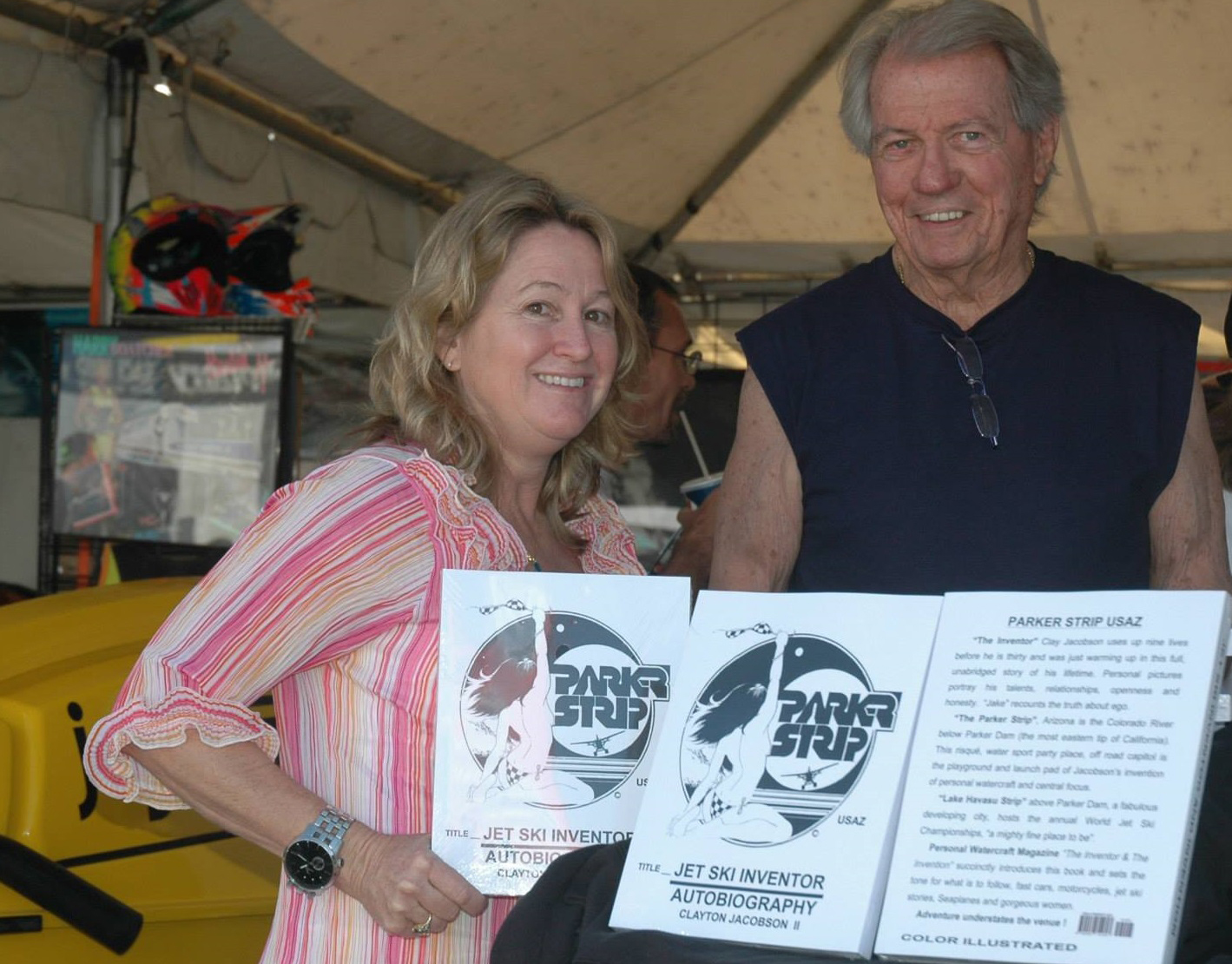
As a teenager Jacobson moved with his family from Oregon to Southern California.
In his formative years, according to his biography, Jacobson got into body-building and street racing before carving a path in dirt bikes.
He also did time with the US Marine Corps Reserve where he learned about jet engine technology.
In the early 1960s – when Jacobson was in his early 30s – he was licking his wounds after crashing out during a dirt bike race when, according to his biography, he wondered if there was a way to combine the thrill of motorcycle racing, but on the water.
According to his Wikipedia page – established by family members – Jacobson wrote the following caption with a photo of his dirt bike days.
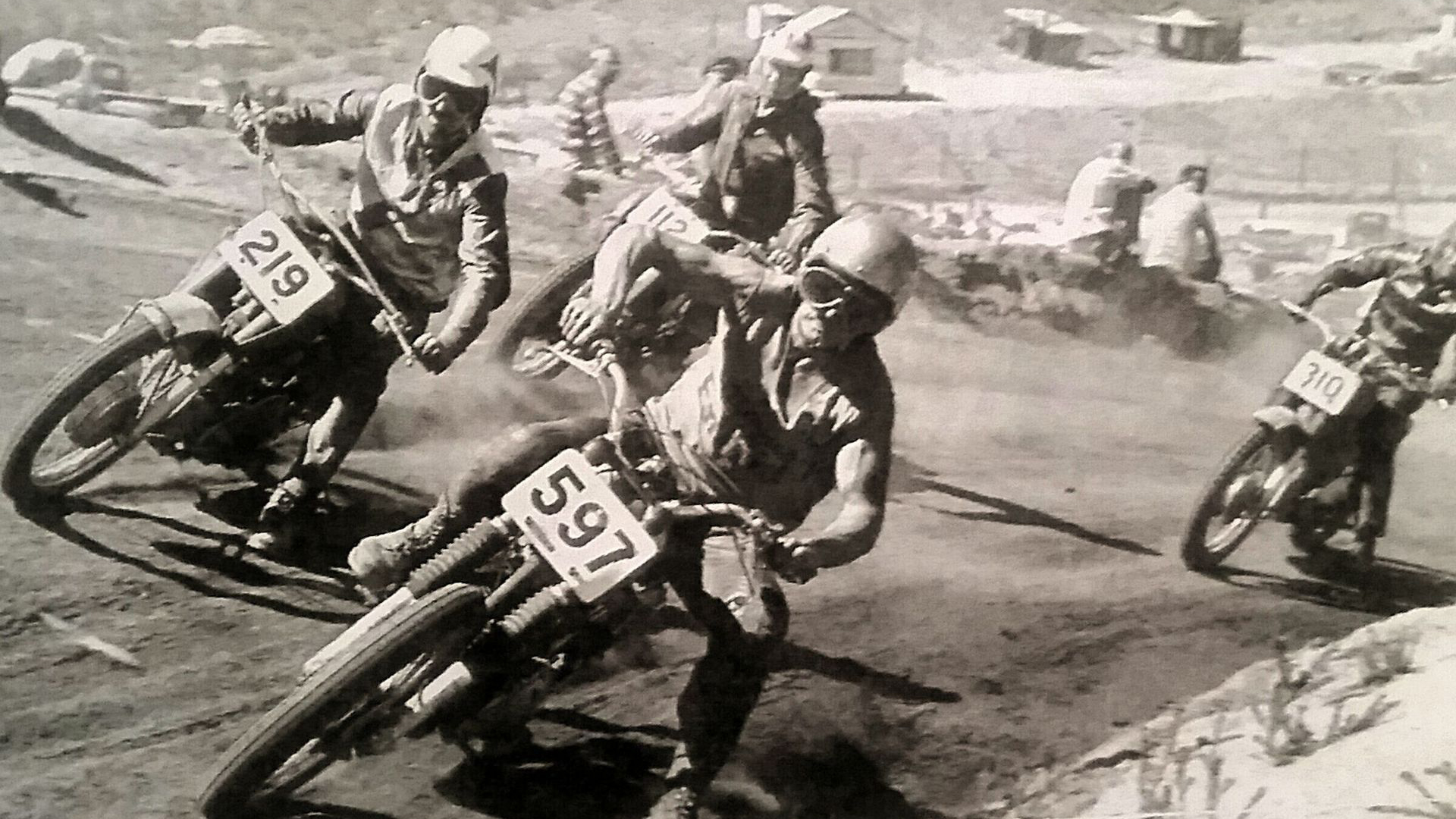
“That’s me (number) 597 racing the day I invented the Jet Ski. What happened was, I fell down somewhere along in this day and (suffered) gravel road rash on my arm, my shoulder, and my neck. We stopped at an irrigation ditch on the way home, have a beer, burn one, and get the gravel out.”
That night, according to his biography, Jacobson sketched the first “motorcycle for the water”. Early photographs depict a large, agricultural-looking stand-up style watercraft.
By the mid 1960s, after initially following in his father’s footsteps into the finance sector, Jacobson quit the banking industry and began working full-time on his jet-powered “water bike”.
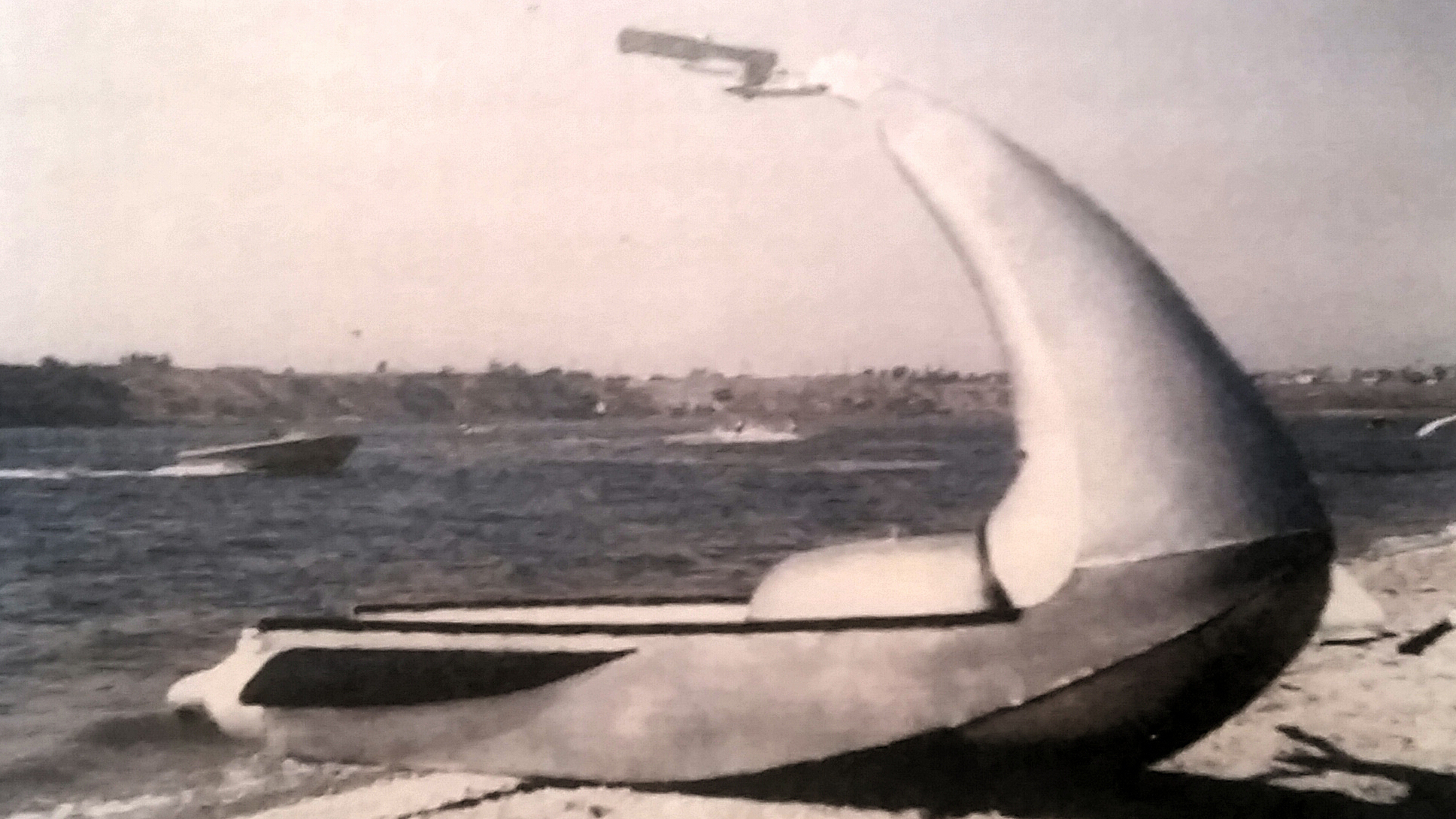
According to his Wikipedia page, Jacobson’s first design was a “fixed handle-pole, stand-up design constructed out of aluminum and powered by a West Bend two-stroke engine driving a Berkeley jet pump.”
“A second prototype, built in 1966, caught the attention of what was, at the time, primarily a snow-mobile manufacturer, Bombardier Recreational Products (BRP).
“This prompted the licensing of Jacobson’s patents for the sit-down version of his jet-propelled personal watercraft that would become the Sea-Doo.
“In all, Jacobson would eventually build 12 different stand-up prototypes. His development of the stand-up models continued through the late 1960s and early 1970s, resulting in additional patents for a pivoting handle-pole and a self-righting function.”
In the earliest days of development, Jacobson experimented with a BRP-sourced 320cc Rotax engine from a snow-mobile.
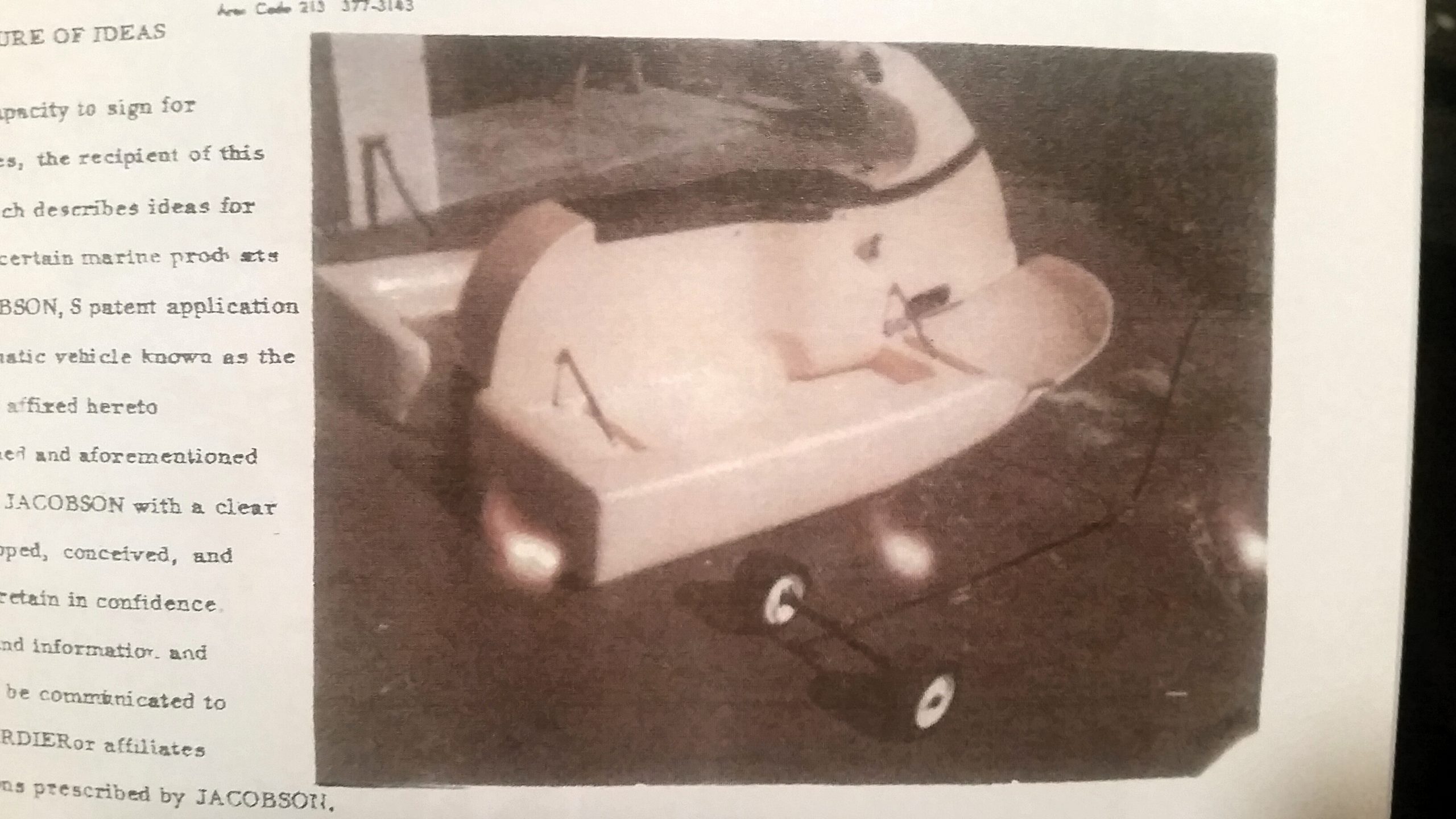
However, the bigger engine needed better cooling, so Jacobson created a larger, sit-down style watercraft with a larger hull.
“The Rotax engine required a larger planing surface and sufficient induction for its air cooling, so Jacobson developed an entirely new sit-down model to adapt,” says his family-run Wikipedia page.
“Jacobson applied for a patent on the sit-down model in February 1968 and received the patent a year later in February 1969.”
From there, Jacobson would go on to form partnerships with what would become the three main personal watercraft brands globally: Sea-Doo, Kawasaki Jet Ski, and Yamaha WaveRunner.
While Jacobson put personal watercraft on the map – and created a new marine segment – his arrangements with Sea-Doo, Kawasaki, and Yamaha were temporary.
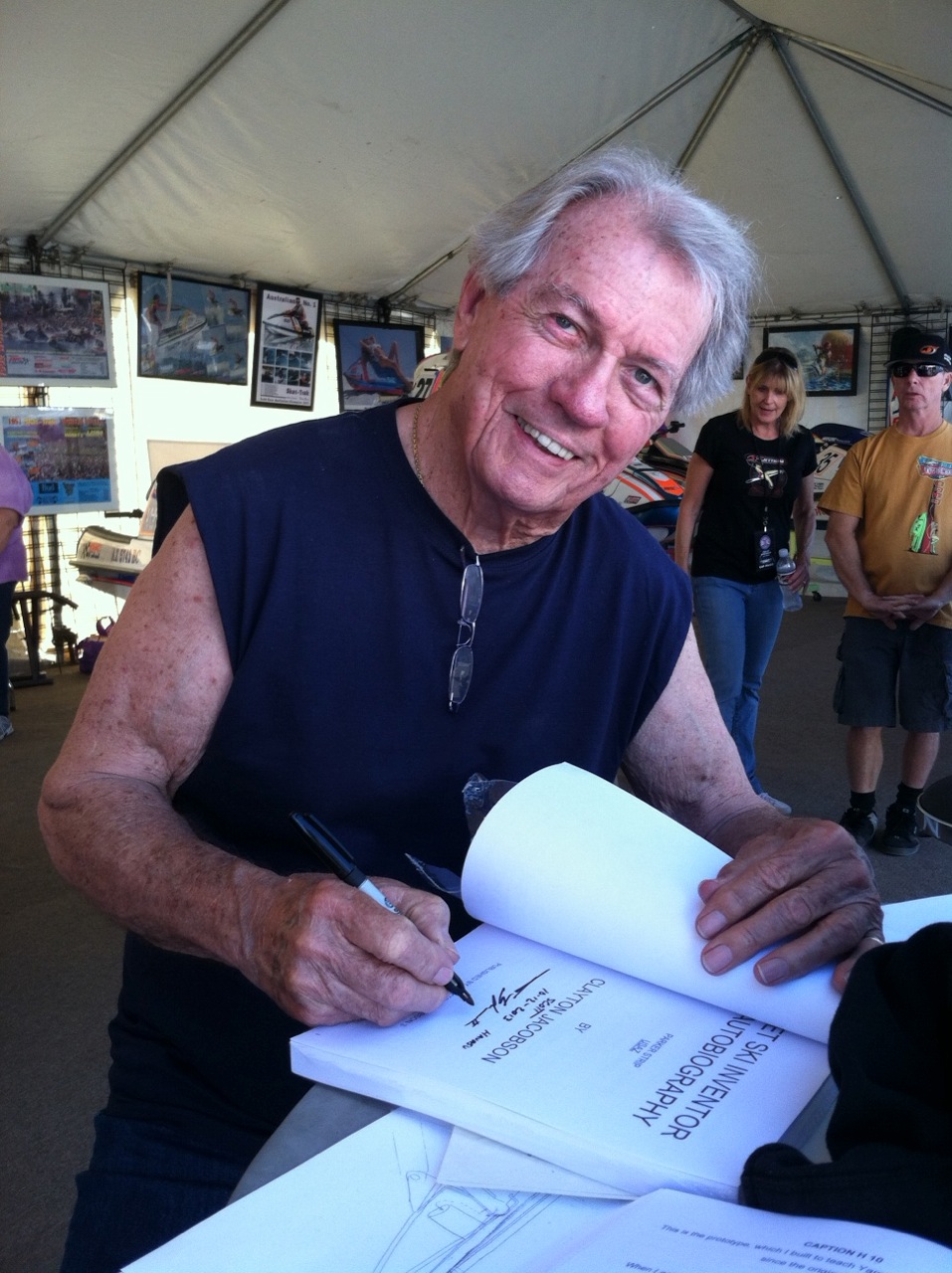
His Kawasaki deal ended amid a protracted and messy legal dispute that lasted almost two decades – and eventually delivered Jacobson a $US21 million pay day.
Although Kawasaki would go on to coin the Jet Ski name that now has global recognition, Jacobson’s involvement with Sea-Doo predated his deals with Kawasaki and Yamaha.
Jacobson’s first contract was with BRP. The French-Canadian company – at the time well known for its snow-mobiles – entered into a licensing agreement with Jacobson for a sit-down-style personal watercraft which would lead to the first ever Sea-Doo. It was produced from 1968 to 1970.
According to Jacobson’s Wikipedia page, the agreement with BRP “prevented him from entering into any other licensing agreement until 1971, at which point he entered into an exclusive agreement to license his patents and development on the stand-up models to Kawasaki.”
By this point Jacobson was on his seventh prototype stand-up model, according to his autobiography.
Eventually, Kawasaki introduced the first production stand-up Jet Ski in 1973, which would lead to today’s SX-R (pictured below).
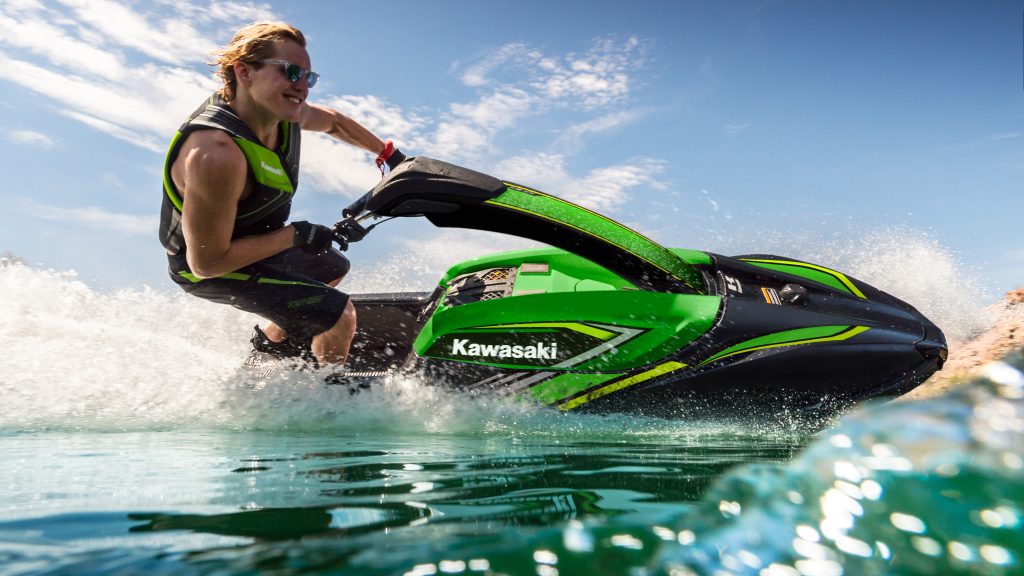
Unfortunately, the relationship between Jacobson and Kawasaki did not last long.
“In 1976 Kawasaki sent a letter of intent to end their agreement with Jacobson, which resulted in legal dispute and the loss of Kawasaki’s … exclusivity,” according to his family-run Wikipedia page.
Kawasaki had claimed it invented the Jet Ski, or “personal watercraft” and Jacobson sued for libel.
According to a report in the Los Angeles Times newspaper, “the jury upheld Jacobson’s claim that he had been libeled and slandered by Kawasaki’s claims that it had invented the Jet Ski.”
“Jacobson also said Kawasaki falsely obtained Japanese patents on his invention and improvements,” the Los Angeles Times reported in July 1991. “The court must still rule on Jacobson’s request that the Japanese patents be assigned to him.”
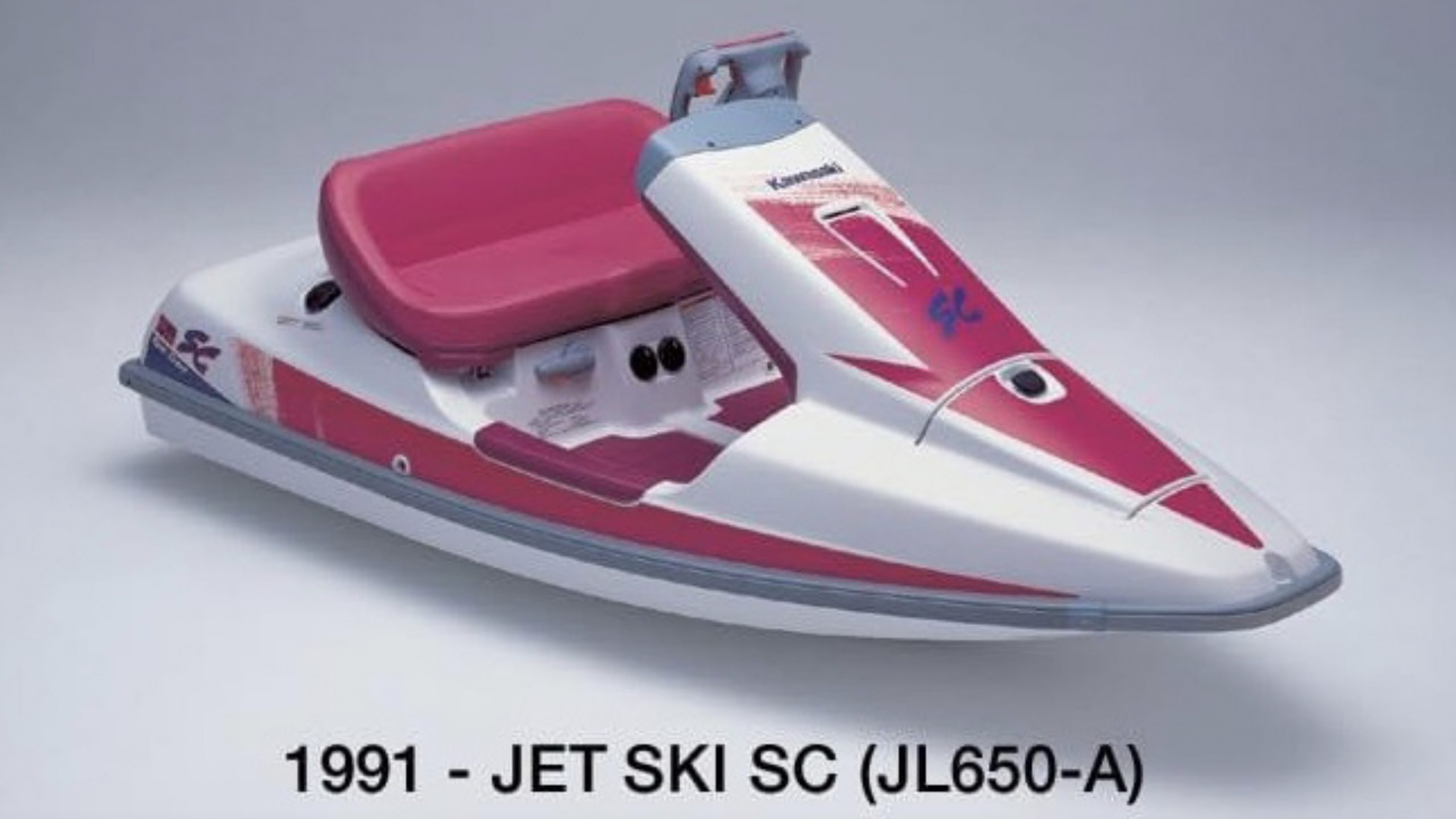
At the time, the newspaper noted that although the jury failed to award Jacobson an additional $30 million in damages he had sought on claims of fraud and breach of contract, Jacobson said he was pleased that the judgment “gives me the recognition which I had been denied. I feel comfortable with that.”
By the mid-1980s – while still in a legal battle with Kawasaki – Jacobson began working with Yamaha to create the first WaveRunner.
“In 1986 Jacobson entered a decade-long contract with Yamaha Motor Company, signing as a consultant to their water vehicle division,” says his autobiography. The agreement included royalties on Yamaha’s Super Jet stand-up model.
It is unclear exactly when Jacobson moved to the beachside region of Byron Bay on the far north coast of New South Wales, the most populous state in Australia.
However, Jacobson is understood to have lived in Australia for at least a decade before he died.
Watercraft Zone has contacted family members in the US to offer condolences, and to clarify how long he had called Australia home. We will update this story if we receive a response.
Whether you ride a Sea-Doo, Kawasaki Jet Ski, or Yamaha WaveRunner, you have Clayton Jacobson to thank. His idea a lifetime ago led to the vast range of personal watercraft we have today.
MORE: What’s the difference between a Jet Ski and personal watercraft?
MORE: Follow us on Facebook
MORE: Follow us on YouTube


